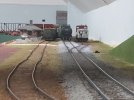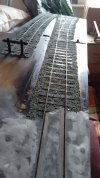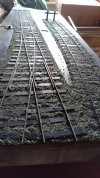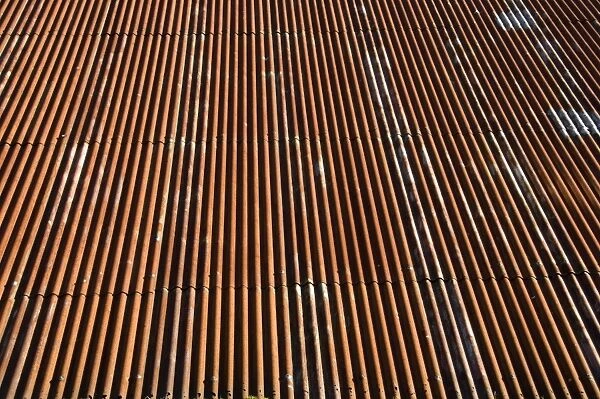Roger Pound
Western Thunderer
I have used cork on ply for years and would definitely confirm cork does have movement - not a lot but apparently enough to alleviate some of the problems discussed here. I may be talking out of turn as I have been out of 0 gauge for a year or two and now use ready-made track in 00 and H0e. Despite that wide range of temperature experienced by my layouts, both in my garage and shed, I have been lucky enough to avoid problems of this nature. The rates of expansion and contraction of nickel silver rail will remain constant in any location, relatively any way, at least so I would assume -.........perhaps this is the reason I haven’t had any problem the cork might give a little.
David.
 - thus I would venture a decent foundation is definitely the answer.
- thus I would venture a decent foundation is definitely the answer.Start with the baseboard Julian and I am sure that with persistence and the track materials with which you are obviously at home, you will prevail.

Roger





















